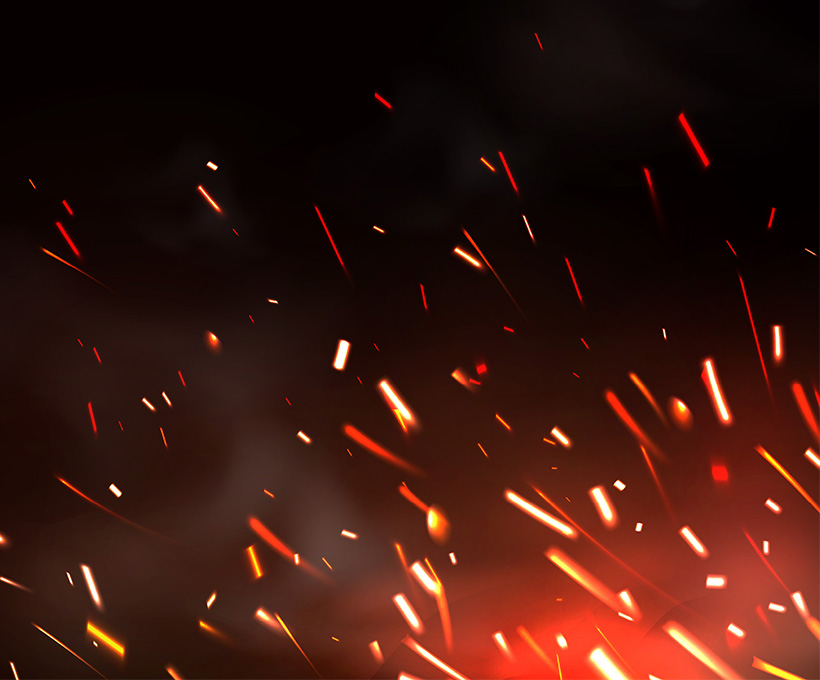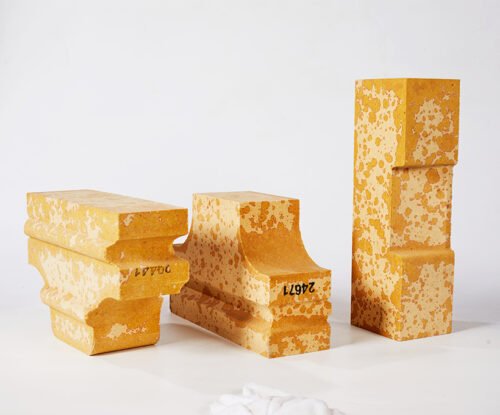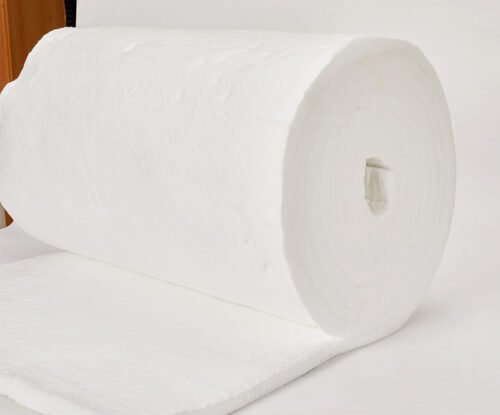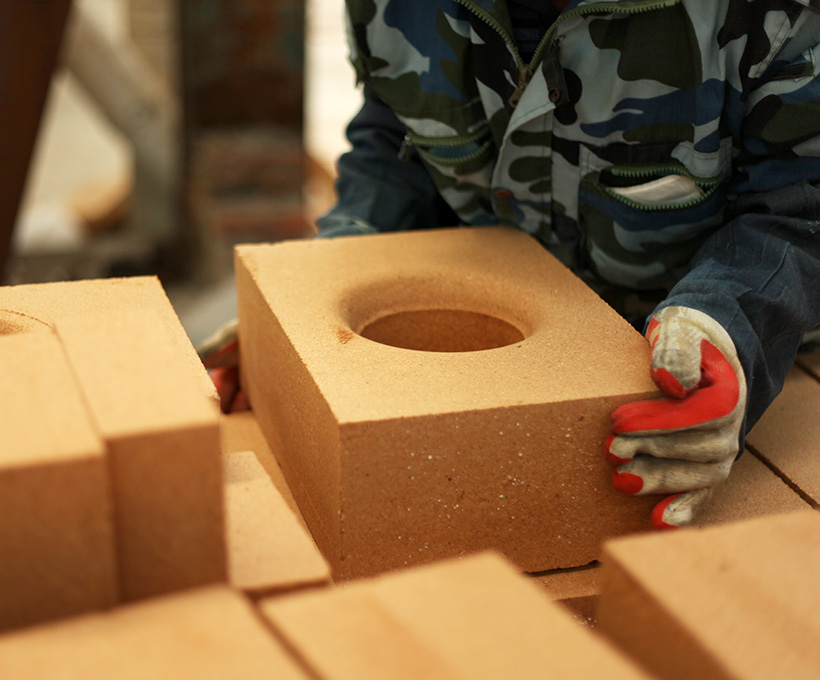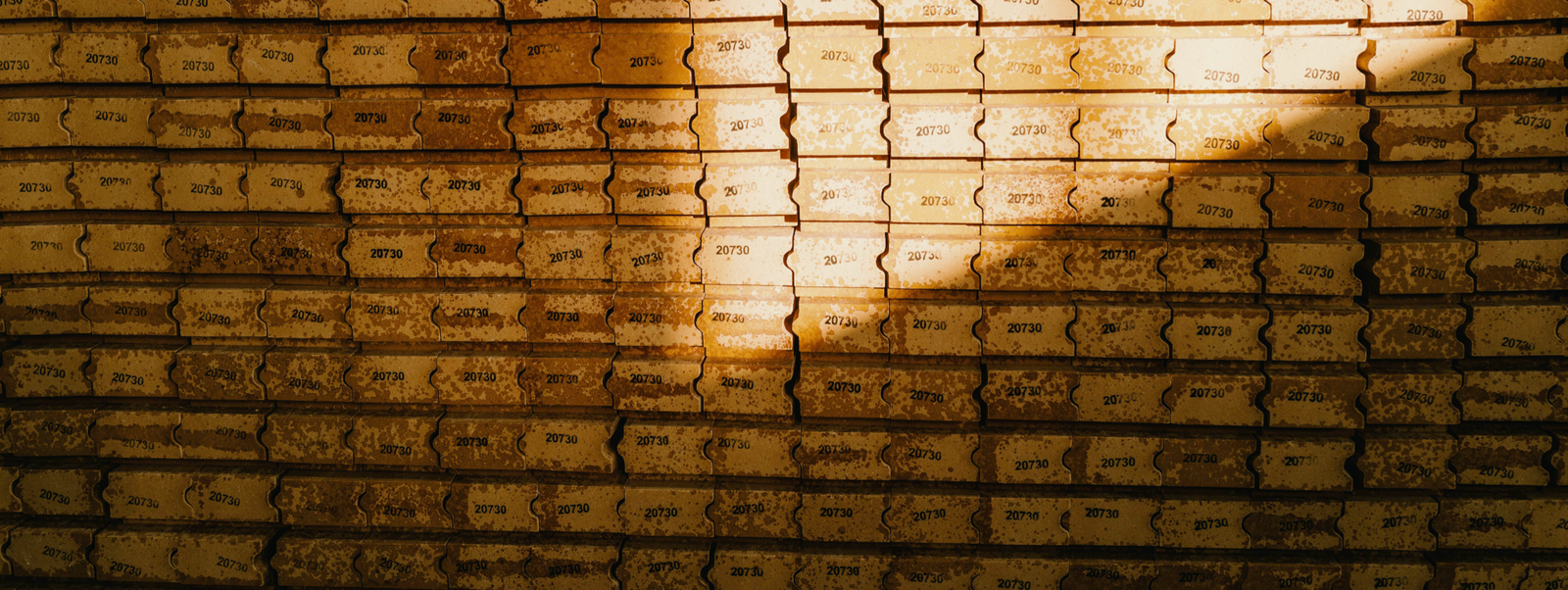Generally speaking, refractory materials are inorganic non-metallic materials with a refractoriness of no less than 1580°C. Refractoriness refers to the stability of a refractory material in resisting high-temperature effects without load, that is, its ability to resist melting or softening under high-temperature, no-load conditions. This property represents the fundamental performance of refractory materials. Since refractory materials are primarily used as structural materials for high-temperature industrial furnaces and equipment, as well as high-temperature containers and components in industrial applications, they must withstand various physical and chemical changes and mechanical actions occurring within them. Therefore, they must meet the following basic requirements:
(1) To meet high-temperature operational demands, they must possess the ability to resist softening or melting at sufficiently high temperatures.
(2) They must be able to bear the load of the furnace and the stresses encountered during operation without losing structural strength, softening, deforming, or collapsing under high temperatures. This is typically measured by the refractoriness under load (RUL).
(3) They must exhibit volume stability at high temperatures, ensuring that furnace linings or cast structures do not crack due to excessive expansion or develop fractures from excessive shrinkage, which would reduce service life. This is commonly evaluated using linear expansion coefficients and reheating shrinkage (or expansion).
(4) Refractory materials are greatly affected by furnace operating conditions. Rapid temperature changes and uneven heating can easily damage the furnace structure. Therefore, they must possess a certain degree of thermal shock resistance.
(5) During use, refractory materials are often subjected to chemical interactions from liquid melts, gaseous substances, or solid materials, leading to erosion and damage. Thus, they must have a certain level of resistance to corrosion.
(6) In service, refractory materials are frequently exposed to abrasion from high-temperature, high-velocity flames and smoke, erosion from flowing liquid metals and slag, as well as impact and wear from materials like metals. Therefore, they must possess sufficient strength and wear resistance.
The quality of refractory materials depends on their properties, which serve as the standard for evaluating product quality. Proper and rational selection of refractory materials is also based on these properties as a critical reference.

